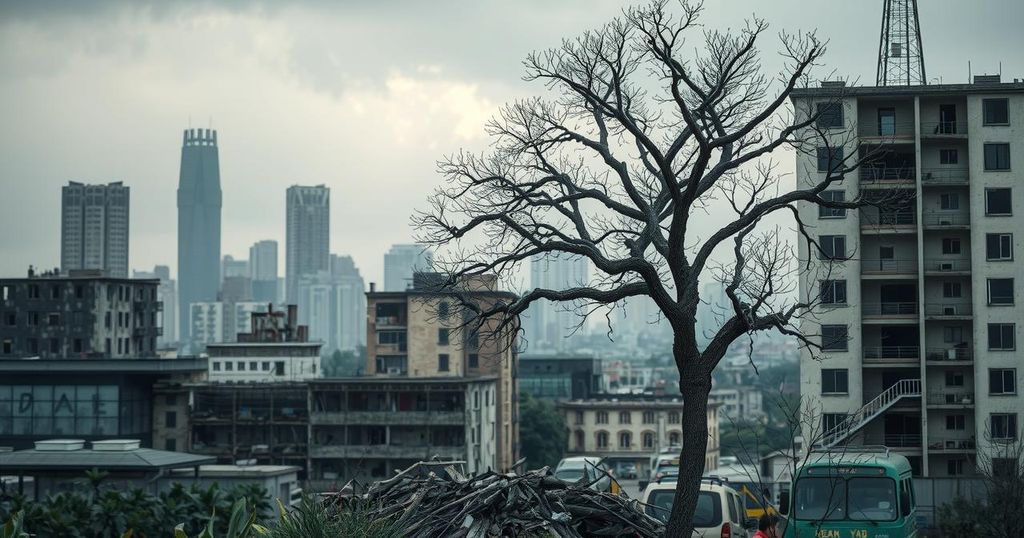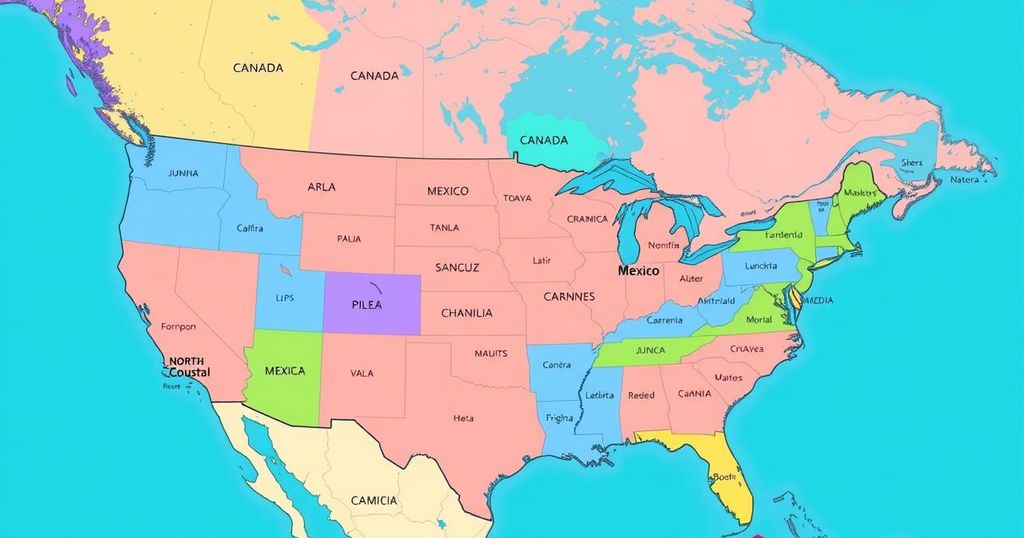On February 11, protests erupted in Iran, with demonstrators expressing anger over economic difficulties, unpaid wages, and political executions. Various cities witnessed significant demonstrations, including efforts to take over police stations in Dehdasht and protests by nurses in Tehran. Families of death row inmates and labor groups joined the movements, reflecting the increasing unrest fueled by systemic corruption and governmental failings.
On February 11, widespread protests erupted across Iran as workers, nurses, and defrauded homebuyers expressed their discontent over economic hardships and government mismanagement. Demonstrations took place in cities including Tehran, Bushehr, Qazvin, Gilan, and Dehdasht. Participants voiced their grievances over inflation, unpaid wages, and the alarming rise in executions, highlighting the public’s discontent with the government.
In Dehdasht, the situation intensified when protesters attempted to seize Police Station No. 12, fueled by growing outrage against government oppression. Demonstrators gathered in the city’s central gold market square, chanting for resistance and urging national solidarity. Social media amplified their calls of solidarity, indicating the expanding reach of the protest movement with phrases like “Don’t leave Dehdasht alone!” circulating among participants.
Tehran witnessed a protest by nurses from Rasoul Akram Hospital, who chanted, “Empty promises are enough, our tables are empty!” This demonstration emerged in response to worsened working conditions and delayed salaries within Iran’s struggling healthcare sector. In Evin Prison, families of death row prisoners demanded a halt to political executions, displaying imagery of inmates and slogans such as “No to executions!” illustrating their opposition to the state’s capital punishment policies.
In Bushehr, contract workers at Fajr Jam Gas Refinery echoed similar sentiments, chanting, “Enough with promises, our tables are empty!” The oil and gas industry has suffered significantly due to governmental mismanagement and sanctions, fueling unrest among workers. In Qazvin, victims of the National Housing Plan protested outside the governor’s office, articulating their frustration with unfulfilled housing promises, chanting, “Protest is our undeniable right!”
Moreover, workers at Foolad Khazar Steel Plant in Gilan conducted a strike over unpaid wages amid escalating labor activism. In Khash, security forces violently raided a neighborhood, arresting a father of two without charge, spotlighting the repression of ethnic minorities in the region. Reports indicated intensified security operations following months of unrest.
Recent events in southeastern Iran, particularly in Chabahar, revealed a raid on Hootabad, where police targeted local workers and unlawfully demolished homes. Concurrently, in Kerman, grieving parents of students killed in a bus crash confronted the Minister of Education, demanding accountability for the tragedy—a stark illustration of governmental negligence that has incited widespread outrage.
The protests are occurring against a backdrop of severe economic crisis, exemplified by the Iranian rial plummeting in value and a significant decline in the stock market. With 93% of the Tehran Stock Exchange closing in the red recently, the mounting economic hardships have propelled public dissatisfaction, signaling an increasing wave of civil unrest and discontent with the clerical regime’s governance.
The protests across Iran underscore widespread discontent fueled by economic hardship, government mismanagement, and systemic corruption. Various sectors, including the healthcare and housing industries, are facing critical challenges, leading to a surge in public demonstrations calling for accountability and reform. As public anger intensifies, the clerical regime is confronted with mounting pressures indicating deep-rooted dissatisfaction among citizens.
Original Source: www.ncr-iran.org




